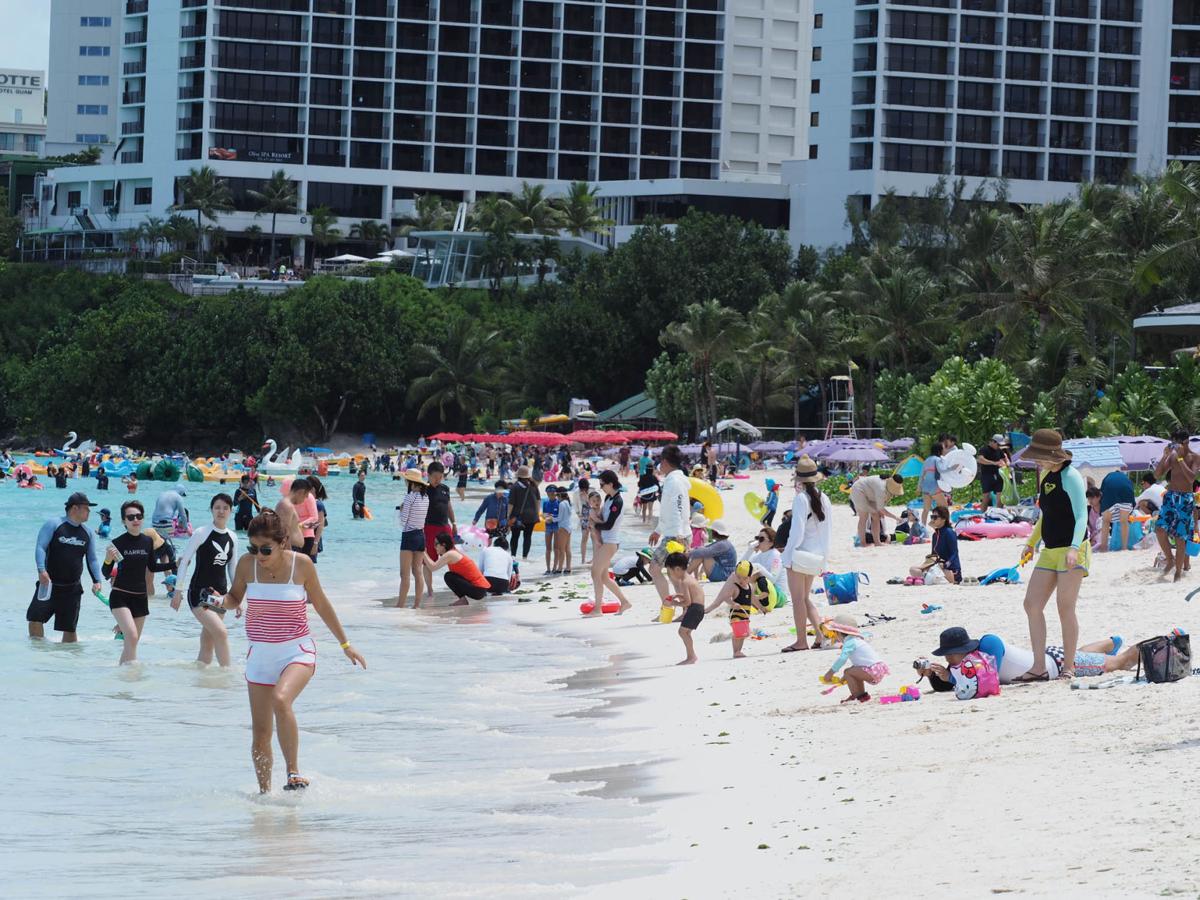
Guam is all set to buck up its initiations in terms of luring more Japanese visitors as Japan dropped from the top spot for the tourism industry of Pacific island on the 50th anniversary in 2017 of its official launch.
As per the report of Guam Visitors Bureau, last year, arrivals from Japan decreased 16.8 percent to 620,547, making way to South Korea, which grew by 25.6 percent to 684,443, a record figure for the nation.
Pacific Ocean’s U.S. territory with beaches and tropical weather as its main attractions, got around 1.54 million tourists last year, the highest number ever.
For the past five decades, Japan dominated the tourism of Guam, three hours journey by plane. Back in 1997, Japanese arrivals reached almost 1,113,012, coming around 80 percent of total tourists in Guam that specific year.
Josh Tyquiengco, the spokesman of the bureau explained that while it did not track source markets from 1967 up to 1975, “it was safe to assume Japan was the No. 1 market since 1967.”
In spite of a following improvement to almost 1 million, it has been slowly declining ever since the year 2013 until the displacement of Japan in 2017 as the key source market.
“There are several factors affecting the decline of Japanese tourists to Guam, including a weak yen versus the U.S. dollar, more competition internationally and domestically for Japanese travelers, fewer air seats that are available between Guam and Japan, and negative effects from North Korea news,” Nathan Denight, the chief of the visitors bureau, told Kyodo News.
Tags: Guam is all geared